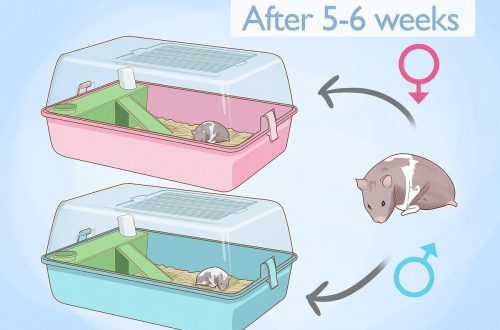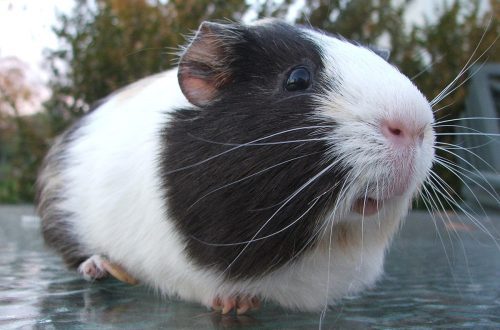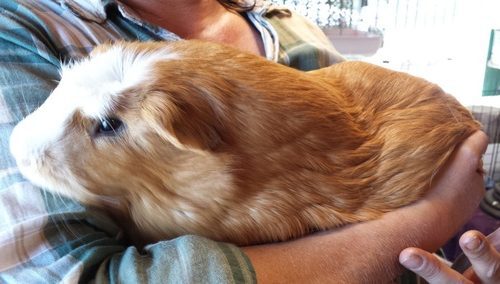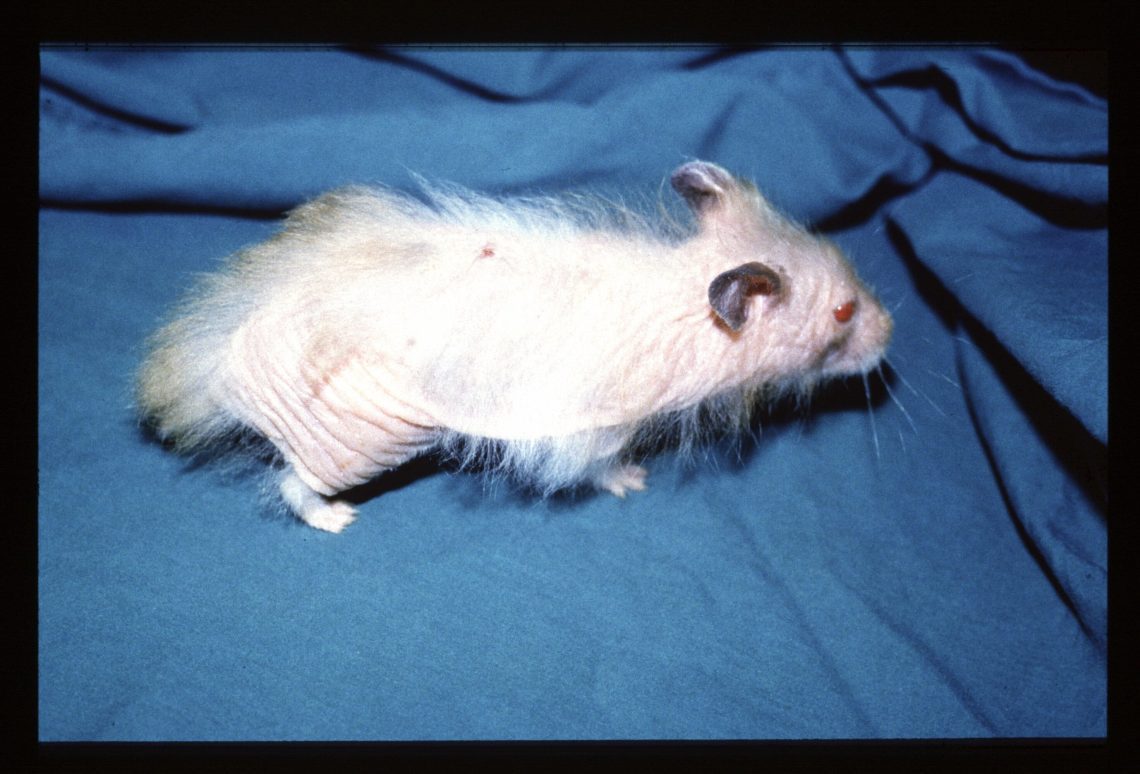
Skin diseases in hamsters: lichen, scab, dermatophytosis
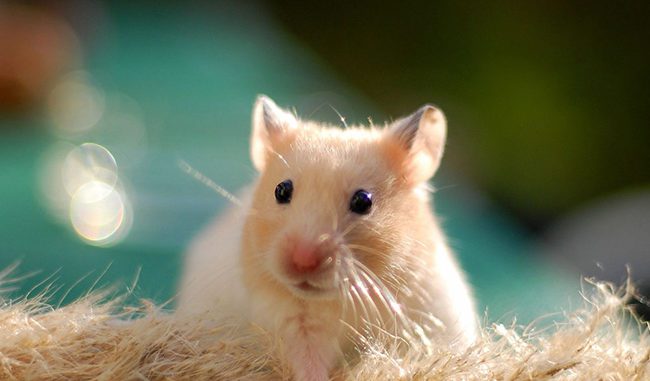
Pets can also get sick, including various skin diseases. More often, hamsters undergo baldness for various reasons, allergic dermatitis, and less often lichen lesions.
Lichen in a hamster manifests itself in the form of bald patches of skin, itching and crusts from scratching.
For an accurate diagnosis, it is important to contact a veterinary clinic, because the disease has an infectious nature and does not go away on its own.
The specialist will determine whether this disease can be dangerous for a person, tell you how to treat the animal, choosing the appropriate drugs.
Domestic rodents are prone to several types of fungal skin lesions:
- scab;
- dermatophytosis;
- ringworm.
All of them have similar symptoms, an infectious nature, and the last two are contagious to humans.
destroyed
The causative agent of this disease is the fungus Achorion Schoenleini. Depending on the stage of development, it may look different, it has a high degree of stability in the external environment.
The incubation period of the disease ranges from several days to two weeks. As a rule, scab hamsters get sick in the warm season – in spring and summer. The disease can be transmitted through contact with unhealthy animals and through insect bites, contaminated feed, cages, equipment, through an owner who does not observe hygiene.
Scab appears as a scaly white coating at the base of the ears, on the tip of the nose, on the eyebrows of the pet, less often on other parts of the body. The lesions are round in shape, can reach a diameter of up to a centimeter. The affected areas are covered with gray vesicles, which increase and then form crusts with a few hairs in the center.
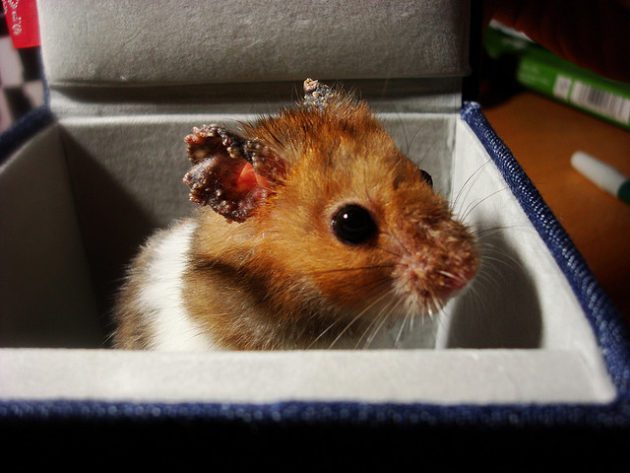
Treatment
Scab has characteristic external signs by which it can be distinguished from other diseases, but an accurate diagnosis will require a microscopic examination.
Sick pets must be isolated due to the high contagiousness of the disease. Measures are required to improve sanitary and hygienic measures, to ensure good ventilation of the premises. After isolation of sick animals, cages, inventory, floors and adjacent surfaces are treated with disinfectants.
The affected areas in sick jungars are cleaned of scabs and scales, previously softened with neutral fats or oils. The lesions are treated daily until recovery with iodine tincture in equal proportions with alcohol solutions of creolin, lysol, salicylic or picric acid, glycerin.
Dermatophytosis
The disease is caused by a group of pathogenic fungi that feed on dead hair and skin cells. In hamsters, dermatophytosis looks like dry, scaly gray patches. In humans, it appears as annular red spots with a scaly edge and healthy skin in the center. Not only hamsters, but also other animals and humans suffer from dermatophytosis. Even dust can become a source of infection. The risk of infection in different people and pets varies, depending on immunity and hygiene conditions.
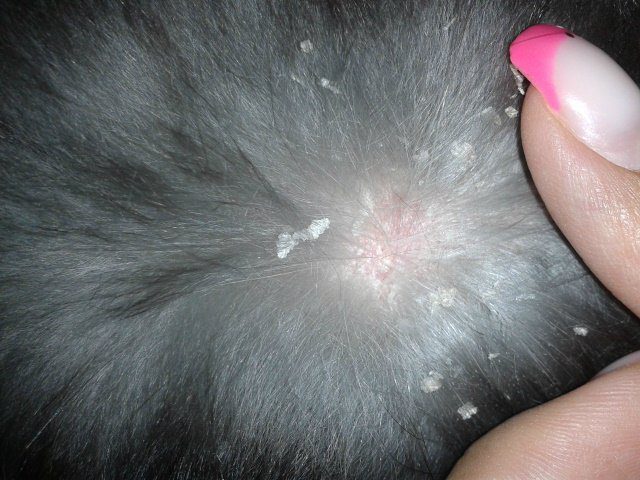
Treatment
The treatment for the disease is simple, but it should be prescribed by a veterinarian, who selects the appropriate drugs depending on the type of pathogen and region. Usually these are external agents: zoomekol aerosol, Yam or fungin ointment, chlorhexidine solution or oral preparations, for example, griseofulvin.
The difficulty is the duration of treatment and disinfection of the premises, since fungal spores are viable for up to 4 years.
The veterinarian will help you choose the appropriate disinfectants for the detected type of dermatophyte.
Treatment can be carried out up to 1-2 months. A month after the diagnosis is made, it is necessary to re-sow to identify the pathogen and, if necessary, continue therapy.
Ringworm
Lichen in the Djungarian hamster is caused by the fungus Trichophyton tonsurans. Trichophytosis is susceptible to humans, as well as other domestic and wild animals. The disease can affect all year round, a little less often in hot summer weather. An important role in the distribution is played by the conditions of detention and compliance with hygiene requirements. Crowded housing, high humidity, dirt and dampness in the cages significantly increase the number of diseased animals.
Contribute to the defeat of abrasions, bites and scratches, facilitating the entry of spores into the epidermis.
The incubation period is long, up to one month.
The spores of the fungus are very resistant to physical or chemical attack. Being in wool, scales and crusts, at room temperature they remain viable for several years, not reacting to exposure to sunlight and not dying from low temperatures.
In hamsters, lichen appears as multiple small lesions on the neck, head, and limbs. On balding areas of the skin, the hairs look broken off or trimmed, scabs appear.
Treatment
Ringworm in a Syrian hamster is treated in the same way as with scab. It is important to take the therapy responsibly, since with improper treatment of depriving hamsters, the disease can turn into a neglected chronic form. To make a correct diagnosis, it is necessary to conduct a cytological analysis in a veterinary clinic.
In case of detection of an illness, an examination of all animals living in the house is carried out. Sick pets are isolated and subject to mandatory treatment, the rest are quarantined for 3 weeks. It is mandatory to sanitize all premises in places where animals live and visit. The most effective way to do this is sulfur-carbolic mixture и formalin solution.
Prevention
With the wrong attitude, lichen can go into the chronic form and haunt the hamster for a short life.
To prevent recurrence and prevention, it is important to maintain the pet’s immunity. A strong immune system is ensured by several important conditions:
- correct balanced nutrition;
- additional provision with vitamins in the winter-spring period;
- vaccination against major serious diseases;
- observance of hygiene rules.
Prevention, proper and timely treatment of a pet will help get rid of the disease without consequences and prevent infection of the household.
Skin diseases in a hamster: lichen, scab, dermatophytosis
4.5 (90%) 2 votes



